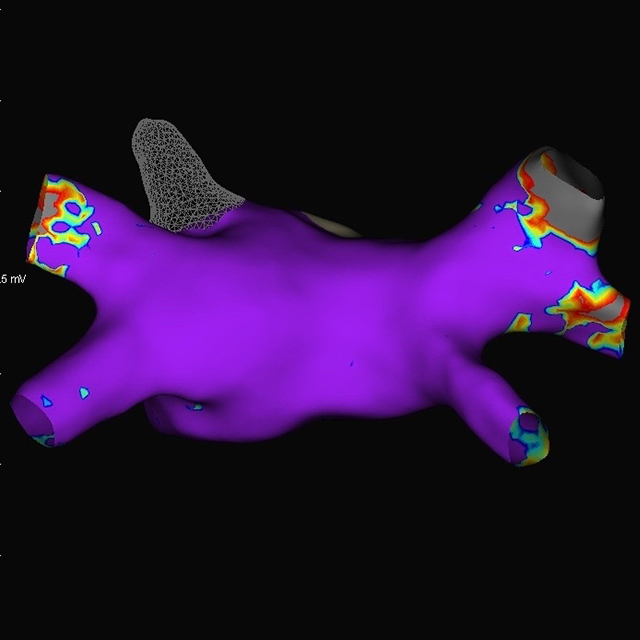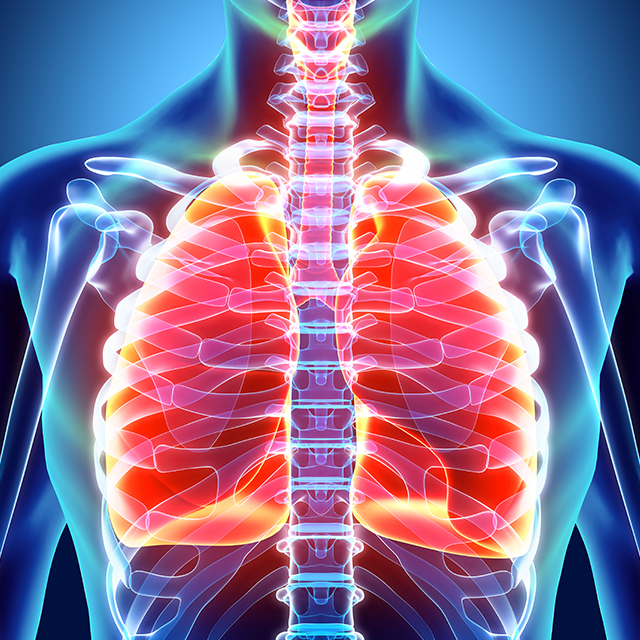As one of the country’s few experts on thoracic outlet syndrome (TOS), vascular surgeon Ying Wei Lum and physician assistant Holly Grunebach see about 250 patients a year for this unusual condition, characterized by compression of nerves or blood vessels in the thoracic outlet, beneath the collarbone and above the ribs. But even with his level of knowledge and experience, he says, it can sometimes be difficult to decide which patients will benefit from more conservative therapy, such as injections of botulinum toxin, or surgery, which involves resecting the first rib and cutting or removing the scalene muscles.
“We are very conservative at Johns Hopkins with regard to choosing patients for TOS surgery,” Lum says. “But for about a fifth of the patients with neurogenic TOS that we see, surgery offers the best hope of bringing permanent relief for this painful condition.”
To help surgeons gain more clarity on which patients might benefit from surgery, Lum and his Johns Hopkins colleagues recently developed a calculator to help his team predict which patients with neurogenic TOS — the most common form of this condition — are likely to have the best surgical outcomes.
The team collected data on preoperative characteristics from the records of 208 patients who had undergone 243 transaxillary first rib resections at Johns Hopkins Hospital between 2016 and 2020 for neurogenic TOS. They were interested in a variety of patient variables, such as gender, age, symptom duration, neurogenic TOS etiology, smoking status, comorbid conditions, preoperative and postoperative interventions, and complications. Each patient was also asked, “On a day-to-day basis, from 0% to 100%, what would you rate the percentage improvement of your symptoms compared with before surgery?”
Because the median improvement reported by these patients was 80% improvement to their preoperative symptoms, the team used this as a benchmark to measure surgical success — 80% or greater was considered a good outcome, while below this percentage was considered suboptimal.
The researchers found that hand weakness, increasing age, being treated under workers’ compensation or a litigation case, or having the dominant hand affected were predictors for postsurgical improvements in less than 80%, findings they recently published in the Journal of Vascular Surgery. The calculator based on these findings is available here.
In 2016, the Society of Vascular Surgeons issued guidelines to help doctors decide which patients with neurogenic TOS might be surgical candidates, including criteria such as whether patients feel pain in the scalene triangle; have a history of numbness, pain, or other symptoms of nerve compression in the hand or arm; the absence of other reasonably likely diagnoses; or a positive response to a diagnostic scalene test injection.
If a patient fits three out of four of these criteria, they are considered a good candidate for TOS surgery. Yet, even with these guidelines, there is still significant variability in outcomes. The new calculator, Lum says, is based on following these strict guidelines and provides even more guidance to help doctors and patients decide on the best treatment option.
“This condition is a really difficult diagnosis to make, and treatment options are often controversial” says Grunebach. “We are, however, always very impressed by how well most of the patients we have operated on feel after surgery, and so many patients state how much better their quality of life is after surgery. This calculator will continue to help us to guide treatment options for our neurogenic TOS patients.”
Eventually, Lum says, he hopes to expand this work to look more closely at preoperative anatomy and other patient characteristics that could help doctors provide even better patient counseling, referrals and surgical planning.



